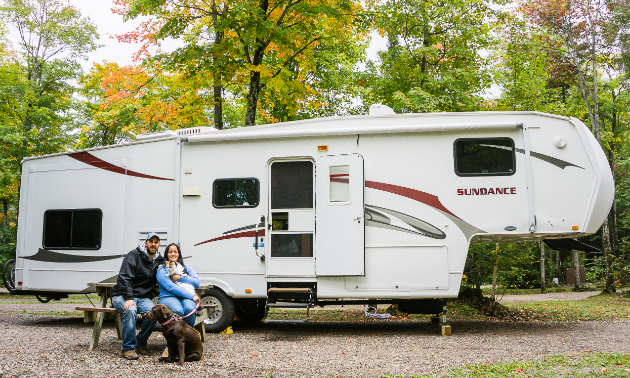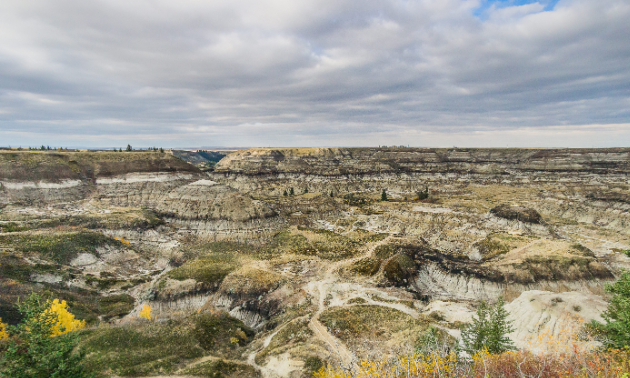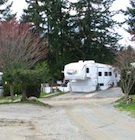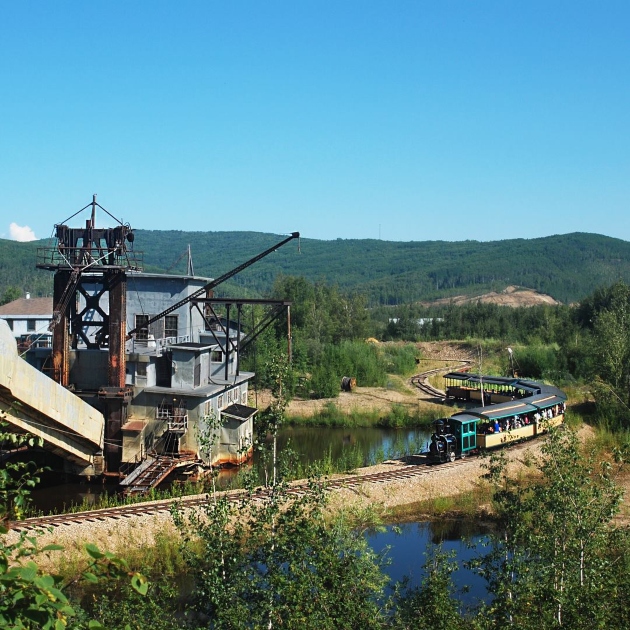5 Helpful hints to know before you go RVing for the first time
How to dive into the RV lifestyle with no prior experience

Diving headfirst into a fun new endeavour, like RVing across Canada, for example, may seem straightforward enough to a seasoned RVer or downright impossible for someone who’s never set foot in an RV. Whichever end of the spectrum you find yourself on, there’s always something to learn from those who have undertaken the task. Their accomplishments and failures can enlighten and encourage RV adventure-seekers to pursue goals they never thought possible or hadn’t considered in the first place.
Kate McCallum, RV blogger for Full Time Canada, along with her common-law partner Adam Doolittle, set out to cross Canada from east coast to west coast without any prior RVing experience. The newbies studied up on what they figured they needed to know and discovered the rest as they journeyed along the Great White North. Here are McCallum’s top tips to know before you go on a big RV outing.

1. Less is more
The main change for a lot of people is reducing their possessions and then living without those possessions. For us, that actually was quite easy and we haven’t missed anything.
2. Off-season RVing has its advantages
It was quite a brave move taking a 32-foot fifth wheel from P.E.I. to B.C., having never towed anything close to that size before. Doing it in September and October allowed us to have less traffic on the roads, which made the drive much easier.
3. Water damage is a big problem
When we purchased our 2008 Heartland Sundance, we did it in the middle of a cold New Brunswick winter. While this probably helped our final price a little bit, it also meant that neither ourselves or our sales agent wanted to spend a lot of time outdoors looking through freezing cold RVs.
The day we picked up our RV in May, it was noticeable that there was delamination on both sidewalls. While this doesn’t always mean water issues, it also doesn’t instil confidence. We later found a soft spot in two of our slides which then had to be repaired at a large cost. Knowing that we’ve kept the RV watertight as much as possible, we believe that these issues were pre-existing to our ownership.
If possible, purchase from a drier area of Canada. This can help limit the possibility of previous water damage.
4. Inspection, inspection, inspection
If you’re buying used, don’t rush a purchase. Try to get every little bit of that RV inspected beforehand.
5. Dehumidify and surge protect to the max
Buy yourself a full-sized dehumidifier and a surge protector. A dehumidifier will keep your RV bone dry and a surge protector can save your RV’s electrical system or more. Ours possibly saved our RV from burning to the ground after a faulty connection started to overheat at the pedestal of our surge protector so it stopped drawing power. The surge protector plug was melted and we had to buy a new one, but it saved us from a potential fire with our pets inside while we were away from the RV. Don’t skimp on either of these purchases. Get the best of the best.









